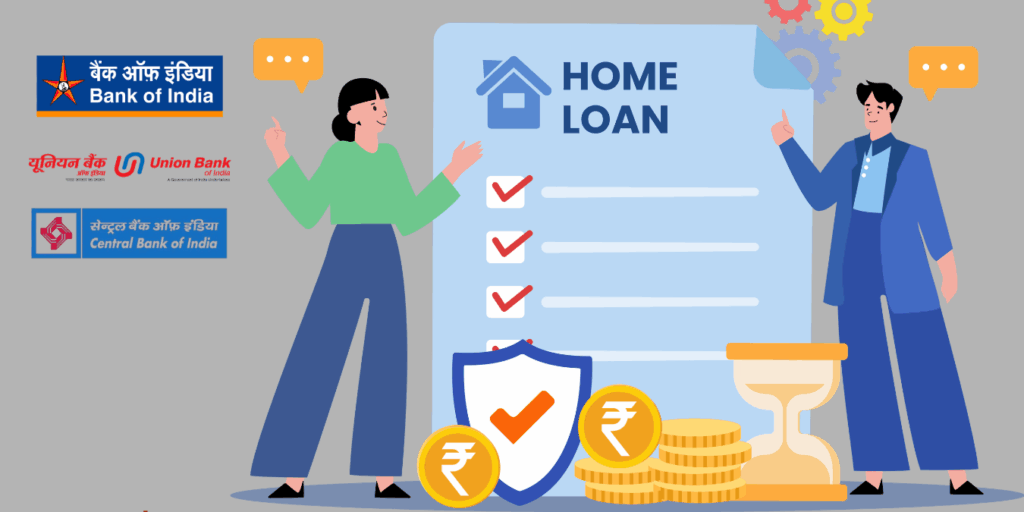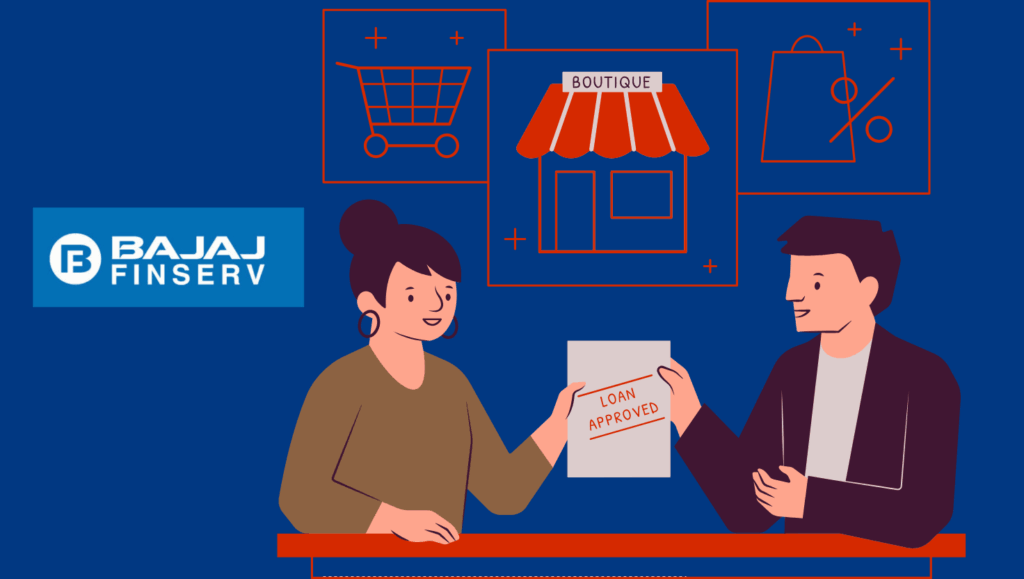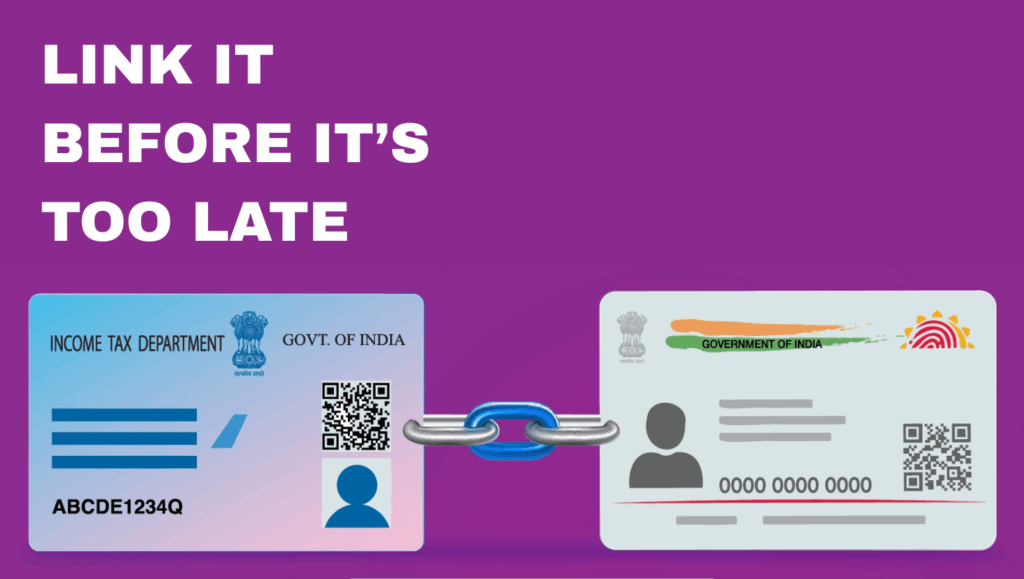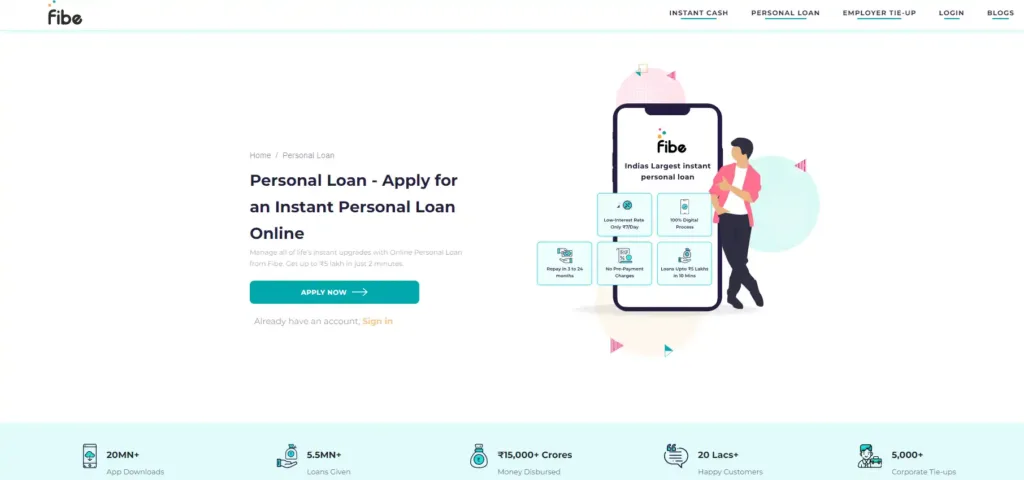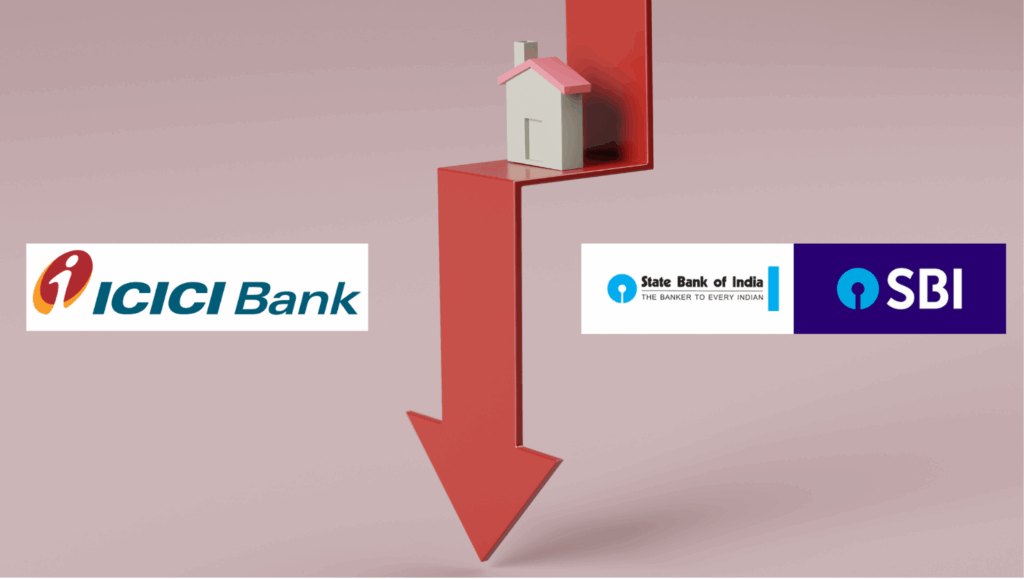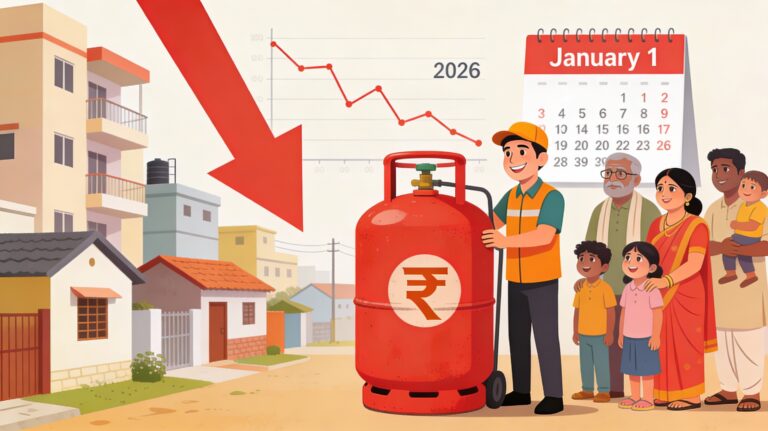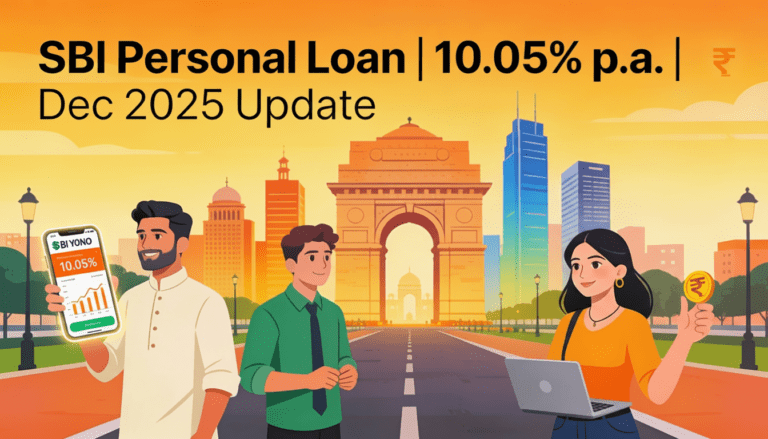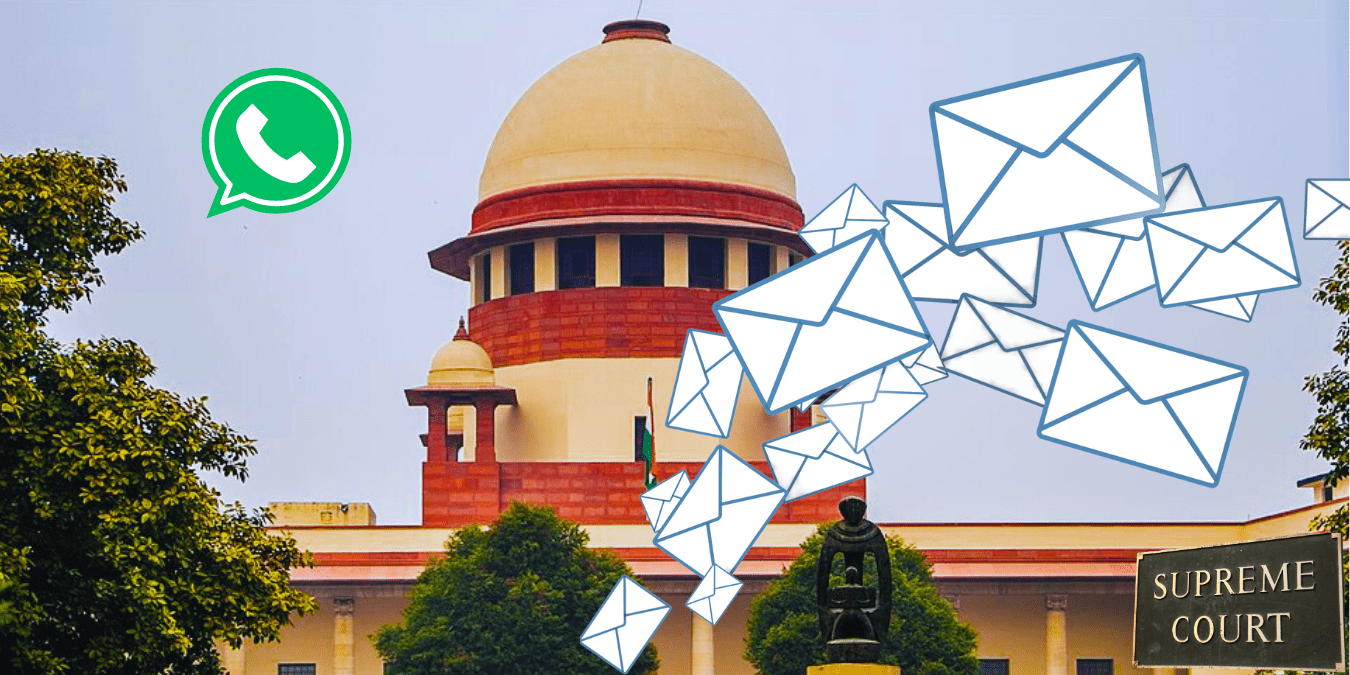
New Supreme Court Rules 2025 Demand WhatsApp Summons, Email Documents and Instant Payments in Cheque Bounce Cases
The Supreme Court just dropped new guidelines that could change how millions of cheque bounce cases are handled forever. What if you could receive summons instantly on WhatsApp and settle payments online in minutes—no more long waits or courtroom battles? This future-ready reform is set to slash district court backlogs radically, but few know the hidden details that can make or break your case. Discover the secret tech-driven tactics transforming cheque bounce justice in 2025—and why this matters more than ever.
The staggering backlog of cheque bounce cases in district courts has been a hidden crisis choking India’s legal system. Imagine tens of lakhs of cases stuck in endless limbo, draining time, money, and trust in financial dealings. Now, a shocking transformation is underway as the Supreme Court steps in with a set of future-ready, technology-driven guidelines designed to speed up justice, reduce pendency, and promote quick payment settlements. What exactly are these smart new rules? How will electronic summons and online payment facilities unravel the bottleneck? This article dives deep into the Supreme Court’s revolutionary moves, explaining what they mean for complainants, accused, courts, and the broader economy in October 2025.
Why This Matters: The Backlog Crisis in Cheque Bounce Cases
Cheque bounce cases under Section 138 of the Negotiable Instruments Act (NI Act) are a massive drain on India’s judiciary. In some states, these cases make up nearly 50% of the criminal docket backlog. A bench of Justices Manmohan and N.V. Anjaria revealed alarming figures as of December last year: over 43 lakh cases pending nationally, with Rajasthan leading at 6.4 lakh alone, followed by Maharashtra, Gujarat, Delhi, Uttar Pradesh, and West Bengal. Metropolitan cities like Delhi, Mumbai, and Kolkata exhibit especially high pendency, stalling business confidence and delaying rightful payments to complainants. Recognizing this, the Supreme Court’s new guidelines aim to smartly address the crisis by weaving speed, technology, and practicality into the entire process.
Core Principles Behind the New Guidelines
The Supreme Court’s fresh directives are built on several core principles:
- Prioritize Payment Over Punishment: Section 138 cases are quasi-criminal, intending to ensure payment of money rather than retribution. The guidelines encourage quick settlement to reinforce cheque credibility as a financial instrument.
- Harness Technology: To sidestep traditional procedural delays, summons can be served electronically—via WhatsApp and email—alongside direct “dasti” service by complainants themselves.
- Enhance Transparency with Online Facilitation: District courts are mandated to establish online payment portals to allow accused persons to settle dues promptly without drawn-out trials.
- Reduce Judicial Burden: By promoting early settlements, conciliation, and mediation, the reforms envisage lightening the staggering workload on courts.
- Strict Accountability: False affidavits or non-cooperation attracts penal consequences, ensuring sincerity in proceedings.
The Power of Electronic Summons: A Secret to Speed
Summons service has traditionally been a major bottleneck, often dragging cases for months or even years. Under the new framework, complainants must furnish verified contact details of the accused, enabling multiple streams of summons delivery:
- WhatsApp Messages: Legal summons will be sent as verified documents on WhatsApp, ensuring instant receipt confirmation.
- Email Documents: Copies of summons and related notices will be emailed, providing a verifiable electronic trail.
- Direct Personal Service: Complainants retain the right to serve summons “dasti” (personally), expediting the initiation process.
This multi-channel approach is a game changer. It breaks free from unreliable postal delays and untraceable service attempts, drastically shrinking the window between complaint filing and court response.
The Introduction of Online Payment Facilities: Quick Settlements at Fingertips
Perhaps the most revolutionary aspect is the court-mandated online platforms for payment settlements at the district court level. Here’s what that entails:
- QR Code and UPI Links: Accused parties receive digital payment options instantly via QR codes or UPI payment links linked to the settlement portal.
- Instant Acknowledgment: Payment receipts are generated immediately, streamlining documentation and removing any excuses for delayed payments.
- Early Stage Settlements: The accused can settle the dispute even before elaborate court hearings commence, saving precious time for all parties.
- Secure, Transparent Records: The court system integrates payment data digitally, enabling easy verification and further enforcement if necessary.
This digital-first settlement approach aligns with India’s ongoing push for seamless financial inclusion and judicial modernization.
Real-World Impact: Case Pendency Drops and Faster Justice
The new guidelines already show promising results in pilot districts. Delhi's massive pendency is gradually easing as more accused avail online payment options, and courts report faster turnaround times due to electronic summons.
In one notable case, the accused used the online portal to clear dues promptly on receiving the WhatsApp summons, leading to the withdrawal of the complaint within weeks.
This is a win-win: complainants avoid drawn-out distress, and defendants sidestep protracted legal battles or potential criminal records.
Furthermore, the court encourages parties to settle disputes out of court using compounding provisions under Section 147 of the NI Act, emphasizing amicable resolutions.
Key Takeaways for Complainants and Accused
For Complainants:
- Provide accurate, verified contact details to ensure seamless electronic summons delivery.
- Leverage online portals to push for early settlement and quick payment.
- Maintain documentation of payment receipts and affidavits for legal safety.
For the Accused:
- Respond promptly to electronic summons to avoid default judgments.
- Use online payment options to clear dues quickly and avoid harsher penalties or extended trials.
- Explore settlement agreements early to prevent criminal consequences.
Practical Tips for Legal Professionals and District Courts
- Courts must upgrade infrastructure for electronic summons dispatch and online payment portals.
- Lawyers should advise clients on the new digital process to leverage speed and reduce costs.
- Monitoring mechanisms for summons delivery and payment acknowledgment must be robust.
- Training for court staff on these new tech-enabled procedures will ensure smoother implementation.
The Future of Cheque Bounce Litigation in India
These Supreme Court reforms mark a future-ready pivot in the cheque bounce dispute ecosystem. By fusing technology with judicial wisdom, the courts aim to revive trust in cheque payments and unclog overburdened dockets. If widely embraced, the case pendency will sharply decline, speeding justice while cutting unnecessary legal costs.
Given the continuous increase in digital financial transactions, these measures reflect a smart balance of tradition and innovation. Their success hinges on all stakeholders — courts, complainants, accused, and legal professionals — adapting quickly and cooperating fully.
Summary of Smart Changes:
- Electronic summons via WhatsApp and email alongside direct service.
- Verified contact details for timely communication.
- Online payment portals with QR code and UPI links for instant settlement.
- Emphasis on payment over punishment, encouraging early dispute resolution.
- Penal provisions for false affidavits and delays.
- Promotion of mediation and compounding to reduce litigation.
Final Thought: Unlocking Swift Justice in Cheque Bounce Cases
The Supreme Court’s ground breaking guidelines open a secret door to lightning-fast resolutions of cheque bounce cases that have long paralyzed India’s district courts. Imagine receiving that dreaded summons not by a slow mail but instantly on your phone’s WhatsApp, with a clear online link to settle the dues in minutes. This smart blend of technology and legal foresight is not just a fix—it’s a future statement. It promises quick money, less hassle, and fewer broken financial trusts. But how quickly can all courts and parties wake up to this new reality? What other innovations might follow to heal India’s judicial cracks? The answers lie ahead, but this reform is already shifting the game for the better, injecting hope and speed where delay and frustration were once rulers.

